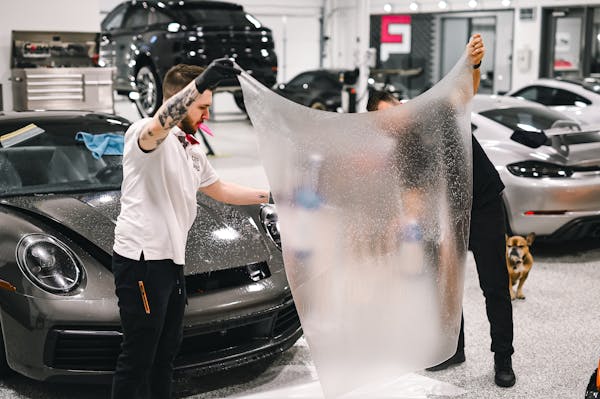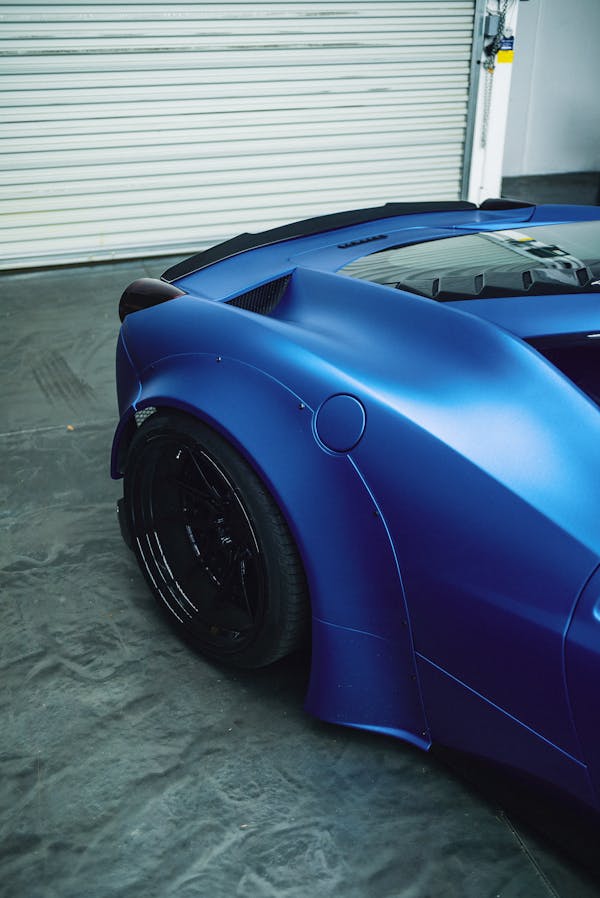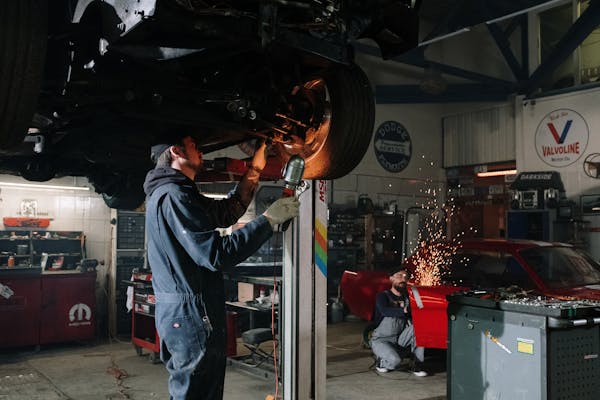While many people are aware of the importance of regular oil changes and tire rotations, it’s just as important to regularly detail a vehicle. Routine detailing removes invisible marks, protects against body damage and makes a car look as good as new.
Auto detailing is a restorative process that includes cleaning, polishing, waxing and protecting interior and exterior components of the car. It does not address major cosmetic flaws, which require a trip to the body shop.

It’s important to note that a thorough detailing job takes time, and if the process is not done correctly, it may not last as long as a car owner expects. For this reason, it’s important that a detailer and client communicate about what services will be provided. This will prevent misunderstandings about pricing, scheduling or expectations that can lead to unhappy customers.
When determining your detail service packages, it is important to consider what type of vehicle you will be detailing and how much time you can devote to each package. It is also important to consider the cost of materials and labor. For example, some products can be purchased at a discount in bulk and used several times, which can save on costs compared to purchasing them individually. Additionally, it is important to use a quality pressure washer that will not cause damage or scratches to the surface of the vehicle.
The first step in a detailing service is a complete clean using specialized cleaning products and a reliable source of water to prevent surface contamination. This is followed by a decontamination process that uses automotive clay to ensure that the car’s surfaces are smooth and free from bound contaminants such as tar, iron fallout, and tree sap.

Next comes the polishing and waxing process, which will add a beautiful shine to the vehicle’s paint. This will also help to protect the finish against damage, scratches, and weather damage. Finally, the wheel and tire clean will remove harmful chemicals from brake dust and road grime that can corrode wheels and tires.
It is important to use caution when washing matte-painted surfaces as they are more susceptible to scratching and abrasions than glossy paint. It’s best to work indoors or in the shade, and to wash matte-painted vehicles with a gentle cleanser that is designed specifically for these types of finishes. It is also important to be patient when washing matte-painted surfaces, as they will take longer to dry than glossy paints.
